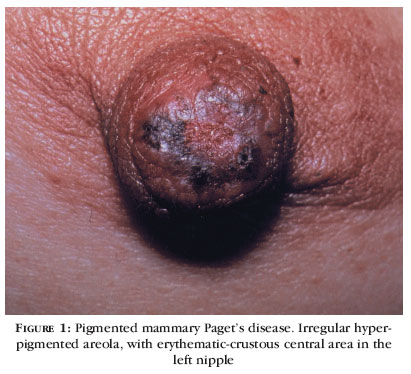 Cologne – Headache, a stiff neck, cold fingers and toes despite a fever, and vomiting are among the symptoms of meningitis. A method known as the Glass Test, however, can indicate whether a child has contracted the disease, according to Ulrich Fegeler from Germany’s Association of Paediatricians.Fegeler says small dark-red, blue or brown spots on the skin can be an indication that a child has fallen ill with the meningococcal form of meningitis. These symptoms are the same as in blood poisoning.”The rash of spots can quickly spread in a case of blood poisoning. If you press the base of a glass against the spots, they remain visible – that’s not the case if your child has measles,” says the doctor. you should call a doctor as soon as possible if the rash remains.This particular form of meningitis is caused by meningococcal bacteria. Most children who are infected with the bacteria go on to develop meningitis but 10 per cent develop blood poisoning. Forty per cent develop both illnesses.the rate of infection increases towards the end of winter and at the beginning of spring. the faster an infected child is treated with antibiotics, the better the chances of avoiding the consequences of contracting the disease which include limb amputation, neurological damage or death.”The disease is spread from human to human by fluids,” says Fegeler. “We know that about 10 per cent of the population in Europe has meningococcus bacteria in their air passages but do not have symptoms of the disease. We don’t yet know why that is the case.”A healthy meningococcus carrier can infect other people. Infants and small children are especially susceptible because of their underdeveloped immune systems.Teenagers between the ages of 14 and 19 are also at a higher risk of infection because they have more intensive contact with their peers such as at parties or during their first sexual experiences.Germany’s official advisory body on immunisation issues, the Staendige Impfkommission, recommends immunising infants against meningitis from the age of 12 months.A child who has not received the injection should be immunised and a child who received the injection before 2005 should be immunised again.
Cologne – Headache, a stiff neck, cold fingers and toes despite a fever, and vomiting are among the symptoms of meningitis. A method known as the Glass Test, however, can indicate whether a child has contracted the disease, according to Ulrich Fegeler from Germany’s Association of Paediatricians.Fegeler says small dark-red, blue or brown spots on the skin can be an indication that a child has fallen ill with the meningococcal form of meningitis. These symptoms are the same as in blood poisoning.”The rash of spots can quickly spread in a case of blood poisoning. If you press the base of a glass against the spots, they remain visible – that’s not the case if your child has measles,” says the doctor. you should call a doctor as soon as possible if the rash remains.This particular form of meningitis is caused by meningococcal bacteria. Most children who are infected with the bacteria go on to develop meningitis but 10 per cent develop blood poisoning. Forty per cent develop both illnesses.the rate of infection increases towards the end of winter and at the beginning of spring. the faster an infected child is treated with antibiotics, the better the chances of avoiding the consequences of contracting the disease which include limb amputation, neurological damage or death.”The disease is spread from human to human by fluids,” says Fegeler. “We know that about 10 per cent of the population in Europe has meningococcus bacteria in their air passages but do not have symptoms of the disease. We don’t yet know why that is the case.”A healthy meningococcus carrier can infect other people. Infants and small children are especially susceptible because of their underdeveloped immune systems.Teenagers between the ages of 14 and 19 are also at a higher risk of infection because they have more intensive contact with their peers such as at parties or during their first sexual experiences.Germany’s official advisory body on immunisation issues, the Staendige Impfkommission, recommends immunising infants against meningitis from the age of 12 months.A child who has not received the injection should be immunised and a child who received the injection before 2005 should be immunised again.